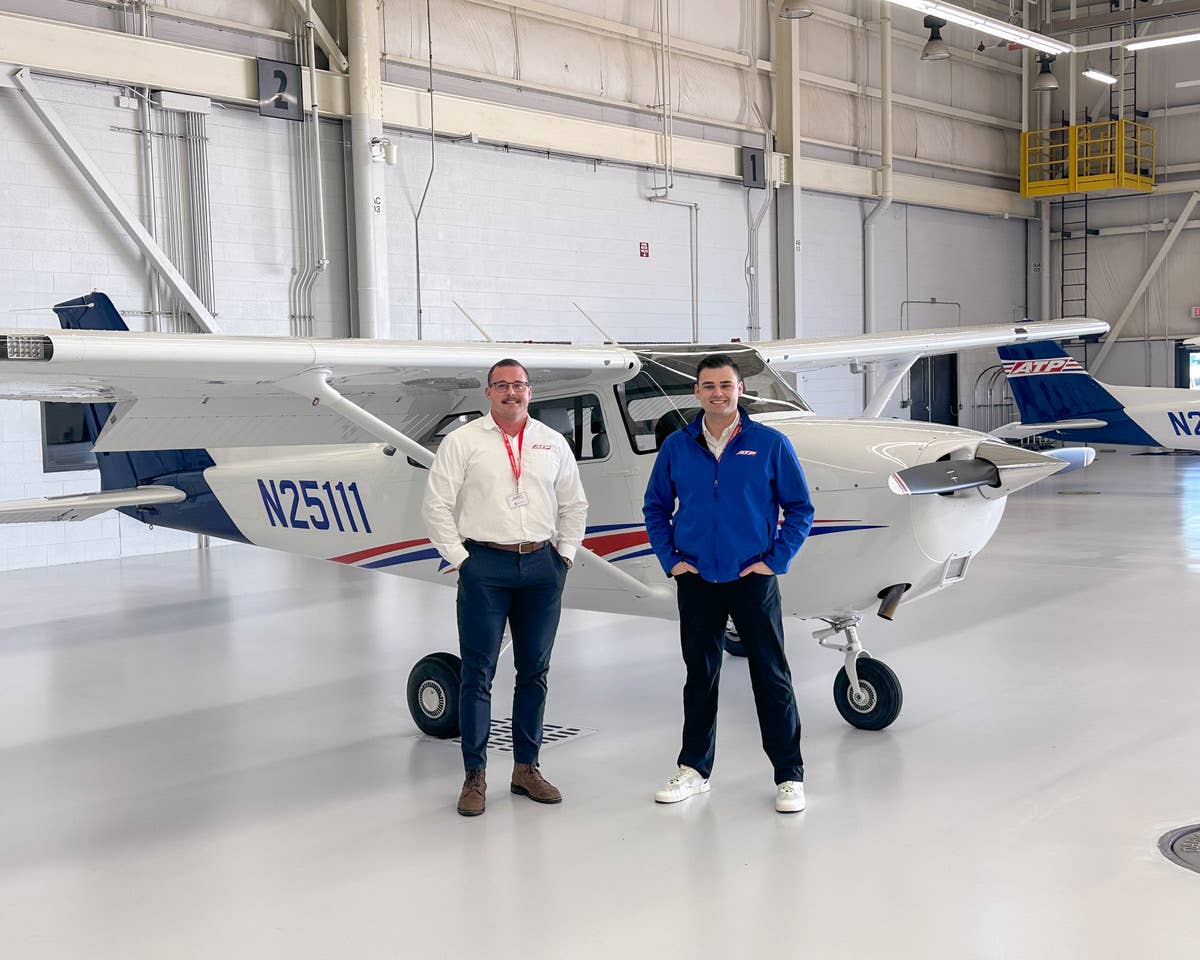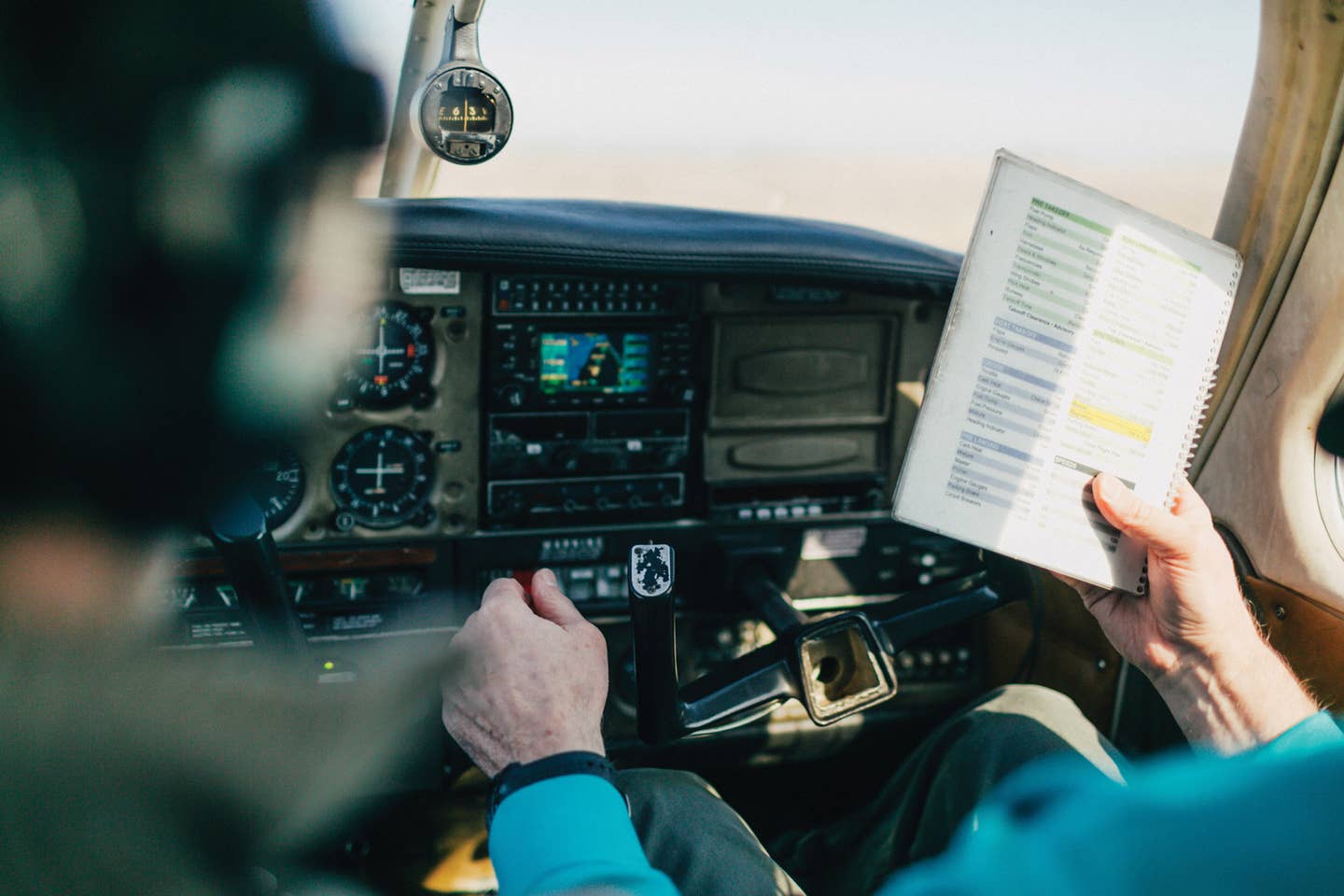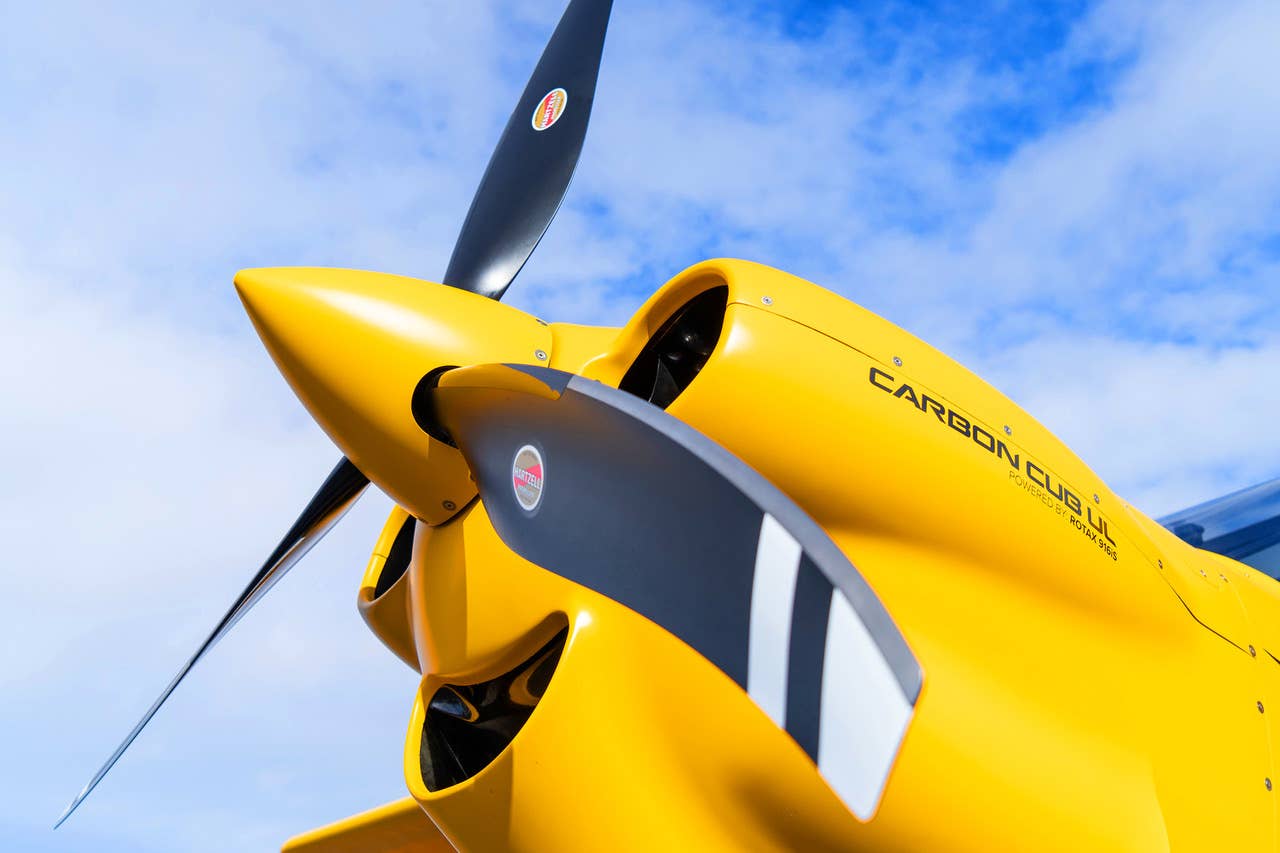The Season Of Turbulence
The summer heat is around the corner, and so is the cobblestone sky
 |
Most pilots agree that summer is the favored season for flying. Aircraft engines may prefer winter with its cool, oxygen-rich air, but summer often brings less weather and fog, better visibility and generally more agreeable flying conditions.
That's not always the case, of course. In Alaska, we used to welcome the atmospherics of spring and fall, not quite so cold but still sweater weather, usually with patchy clouds and good visibility. There was just enough night chill to keep the bug population at bay during the day. Summers were our second choice for flying because the storms of winter were absent.
In the more southerly half of the U.S.---Texas, the Deep South and the Desert Southwest---summer brings better flying weather, but it also brings dismal heat. Airplanes don't perform as well in hot conditions, a function of higher density altitude that robs engines of power and wings of lift, and offers less stable air that makes airfoils less efficient.
One aspect of flying in warm weather that many pilots don't appreciate is turbulence. Non-pilots who fly the airlines sometimes remember nothing else about their flight other than how smooth it was---or wasn't. Passengers on commercial flights can become terrified that the airplane is about to disintegrate when a big Boeing or Airbus slams through turbulence and bounces mashed potatoes and peas on the roof in First Class.
Pilots generally know better. My first airplane was a Globe Swift, and flying around the California deserts back in the 1960s, I used to react to summer turbulence with the same apprehension. I thought every shock of rough air was at least 5 Gs, and I knew the little 20-year-old Swift wasn't nearly tough enough to take many of those jolts.
Only later, after I installed a G-meter in an empty instrument hole on the Swift's panel, did I discover that even some violent shocks would barely move the needle. It's a rare "air pocket" indeed that pushes the G-meter much past 2.0.
Turbulence can arise from a number of sources---mechanical, mountain wave, frontal activity---but in summer, the primary offender is convection. As the high sun heats the ground, convective turbulence chops up the sky, forming thermal activity near the ground and potentially violent cumulus clouds at higher levels.
For pilots looking to provide their passengers the smoothest possible ride, perhaps the best solution is simply avoidance. Those smart enough to do their homework on turbulence know there are fairly straightforward ways to miss the bumps most of the time.
First things first, though not necessarily in that order. By far the easiest of these is to confine your flying to the times when turbulence is minimal, especially the early morning, before the sun's heat has had a chance to warm the air, and late afternoon/early evening when the temperature drops and the ground begins to cool.
If I need to cover long distances in the heat of summer, I make it a point to plan my departure as near sunrise as possible. When the weather is good and I don't need to file IFR, I'll often schedule takeoff for an hour before sunrise. Since I live on the bottom-left corner of America (you certainly can't get more bottom left than in California), most of my trips are north or eastbound.
Flying outbound, I'm obviously at a disadvantage because of time changes working against me, but if I depart at stupid-dark-thirty, 6:30 a.m. or earlier, I can usually get in the first four-hour leg before noon, then decide how much farther I wish to go in the heat of the day.
A second method of flying smooth(er) is to fly higher than you normally might. In summer, I'll nearly always choose 9,500 feet, 11,500 across the Southwest, eastbound, and that often allows me to top the chop. If the turbulence follows me higher, I'll unpack the oxygen masks and climb on up to 13,500 or more. Merely cruising high won't always work in the pit of summer, however. You can top all the bumps some of the time and some of the bumps all the time, but you'll never top all the bumps all the time, unless you're flying a U2.
If you wind up flying later than you hoped, more the rule than the exception, you can sometimes turn convective activity into a partial ally rather than a dreaded enemy. Sailplane pilots are taught to look for rising air, and some will deliberately fly beneath the largest cumulus clouds they can find.
Almost by definition, air must be rising to form a cloud. Similarly, there's probably little rising air in those often inviting blue holes between clouds. Without an engine out front to provide motive force, glider pilots are always in search of altitude, and they'll try to hopscotch from one cloud to another, sometimes even diving through the clear areas between clouds, to minimize altitude loss.
If there are no clouds in sight, you can usually recognize the top of the chop by the ceiling of the haze layer. The air above the haze should be smooth. Unfortunately, the summer haze layer these days sometimes rises well above the service ceiling of many general aviation airplanes.
 |
The flow characteristics of air and water are similar. Just as water in a stream flows over and around rocks, air manifests the same path, transitioning over rough terrain. Air can deflect horizontally and vertically, causing moderate to severe chop.
Pretty obviously, a mountain range is the worst possible manifestation of rugged terrain. In summer, when convection compounds the problem, the turbulence can be truly fierce. Consider yourself lucky if you only fly in the flatlands during summer.
For those who live in the mountains, there may be no way to avoid the rough stuff. You may be able to dodge the worst of it by staying as far as possible from ridgelines, however. If you must choose between the upwind (windward) or downwind (lee) side of a valley, opt for the upwind side. This is the side farthest from the direction of wind travel and should generate more updrafts than downdrafts.
In any area of moderate to severe up- or downdrafts, don't try to fight major displacements by maintaining altitude, even if you're filed IFR. Keep the wings level, avoid any significant control inputs and go with the flow. If the up- and downdrafts become severe, you may actually exacerbate damage to the aircraft by fighting to maintain altitude. If you're flying IFR, you'll need to advise ATC of your situation.
One tool that can be extremely valuable against turbulence is the radio. Don't be hesitant about jumping on the flight watch frequency (122.0) and asking for any and all pilot reports that pertain to your route of flight. Accept them with a grain of salt, however. Consider the time frame and the type of aircraft involved, and also remember that pilots tend to automatically exaggerate any turbulence they encounter. If there's no talk on 122.0, try 123.45. Many pilots use that as an air-to-air frequency, and you might learn something about what's ahead.
The FAA has laid out reasonable parameters for defining the various levels of turbulence, and if everyone subscribed to those definitions in reporting flight conditions, the job of analyzing the air ahead would be a lot easier. "Light" turbulence is a fairly gentle condition where roll disturbance rarely exceeds five degrees of bank and control corrections take effect immediately. "Moderate" can generate 20-30 degrees of bank, allows some lag between control application and response, and can move things around in the cockpit. "Severe" means the airplane often is unresponsive to control corrections, bank angles may exceed 50 degrees, and airspeed may shear by as much as 25 knots. With any luck at all, you'll never encounter severe.
As the name suggests, "extreme" is extremely rare. The airplane may be essentially out of control, you may experience roll moments past vertical and aileron, and elevator controls may be virtually ineffective. In 15,000 hours of flying all over the world, I've never seen anything worse than moderate. Sadly, it does happen, however. A few years back, we lost Scotty Crossfield, the famous North American X-15 test pilot, when his Cessna 210A apparently disintegrated in a thunderstorm over northern Georgia.
It should go without saying that higher airspeeds only make matters worse. Descents in summer chop should be flown with significantly reduced throttle and airspeed at cruise indication or below. One formula that often works to help maintain the same speed during descent is to reduce power by an inch of manifold pressure for each 100 fpm of descent. That means a 500 fpm descent will demand a five-inch power reduction, and that may be counter to considerations of shock cooling. If you're flying a retractable with a high gear limit speed, you might consider extending the wheels for the descent. Bonanzas and Centurions have very high gear-limit speeds. Similarly, models with high flap speeds for the first 10 or 20 degrees of extension may also provide a hedge to help keep speed in check.
The ride will probably become rougher as you lose altitude and descend into more turbulent air. If you have the option, extending the gear can help minimize the pain and stress on the airplane. Even if the air is smooth enough, high descent rates generally aren't a good idea, as they can cause sinus discomfort in some passengers. Whatever the descent rate, advise your passengers of the Valsalva maneuver (take a breath, close your mouth, hold your nose and blow to relieve pressure on your sinuses). Alternately, a wide yawn may accomplish the same purpose.
There's little question that turbulence is one of the less fun aspects of flying. Some pilots simply refuse to fly when the sky is choppy and unstable. Others drive straight through bone-rattling turbulence the Air Force wouldn't consider challenging with a hurricane hunter.
You'll have to make your own decision as to what comprises an acceptable level of chop. It's certainly possible to be too conservative and leave the airplane parked any time the summer temperature is above 80 degrees and there are clouds or wind about. The upside is there's absolutely no chance of a problem if you don't go.
Aborting up front may sometimes be a better alternative than "taking a look." If you expect to have a queasy passenger aboard or someone totally new to flying, the wise choice may be to stand down. That way, you won't terrify someone new to flying, and you can excuse yourself for leaving your $50,000-$1 million airplane parked in its hangar while you take the airline.

Subscribe to Our Newsletter
Get the latest Plane & Pilot Magazine stories delivered directly to your inbox






